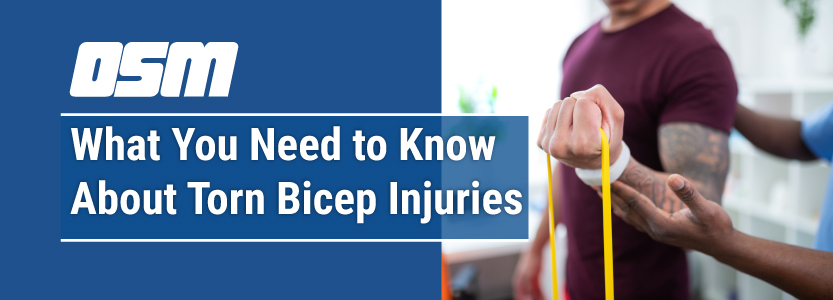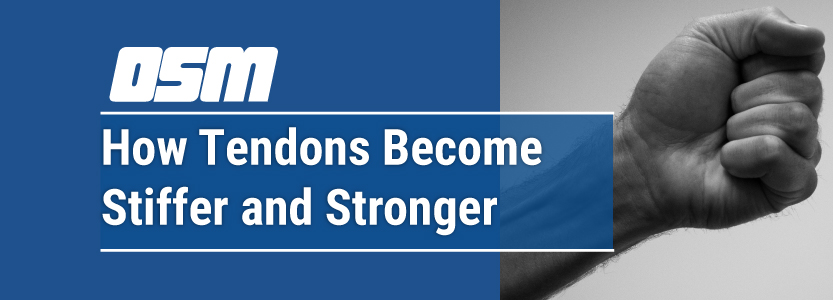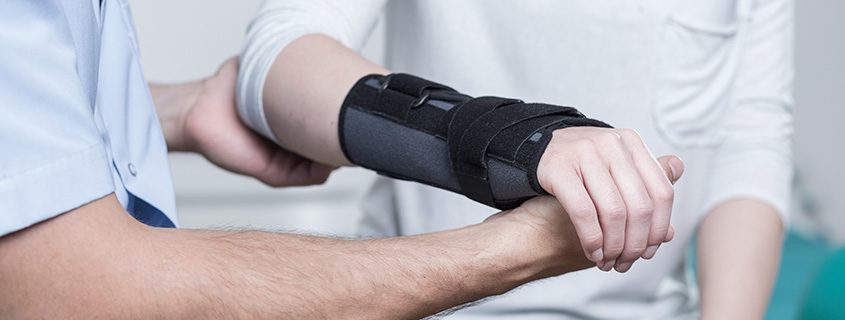What to Know About a Quadriceps Tendon Tear
Article featured on WebMD
Quadriceps Tendon Anatomy
The quadriceps are a large muscle group located in the top front part of your leg. They help you run, jump, stand up, and keep your balance. There are four muscles in the quadriceps group, and they’re all joined together at the bottom by the quadriceps tendon.
This tendon also links the quadriceps to your bones. It’s located just above your kneecap (patella). The quadriceps tendon helps you straighten your leg.
How a Quadriceps Tendon Tear Can Impact Your Health
You might experience a partial tearing of your tendon or a complete tear. Either way, a torn quadriceps tendon is a painful, limiting injury.
The severity of the injury will determine your treatment plan and recovery time. Even a partial tear will limit your movement significantly, and you’ll typically have to immobilize your leg until it heals. This can take up to six weeks. During this time, you might struggle with regular movements like walking and changing positions (including standing up).
Complete tears are more serious. They almost always require surgery and a longer recovery time.
Causes of Quadriceps Tendon Tears
Quadriceps tendon tears usually affect physically active middle-aged people, often as the result of a sudden impact like jumping and landing on the leg wrong or changing direction too quickly when running. A fall can also result in tendon damage.
Other people may be prone to tendon tears because of certain medical conditions. For instance, people who suffer from inflammation in the tendons (tendinitis) are at risk for tendon rupture in severe cases.
- End-stage kidney failure
- Hyperparathyroidism
- Rheumatoid arthritis
- Diabetes
- Infection
- Weakened muscles due to a lack of movement
Some antibiotics, as well as steroid use, have also been linked to quadriceps tendon tears.
Quadriceps Tendon Tear Symptoms
Tearing your quadriceps tendon is a painful experience. You might first hear a popping sound and experience a surge of pain. A sensation of ripping or tearing is also common. This is followed by:
- Swelling around the knee and lower quadriceps area
- Reduced movement in the affected leg and knee
- Tenderness around the knee
- Sagging of the kneecap
- Bruising
- Difficulty walking or putting pressure on the knee
Diagnosing a Quadriceps Tendon Tear
A quadriceps tendon tear is easily diagnosable. A doctor will ask you about your medical history and what you were doing at the time of the injury. You may be asked to extend your leg from a bent position or try to move it around.
- An X-ray
- An ultrasound
- A magnetic resonance image (MRI)
These will help the doctor to determine the type of injury and may indicate possible complications. It will also show if the tendon tear is partial or complete.
Quadriceps Tendon Tear Treatment
You can use the R.I.C.E. method for immediate management of the injury. This involves:
- Rest
- Ice
- Compression
- Elevation
After you see the doctor, they will decide your treatment plan based on the degree of the tear.
Recovery and Outlook
The most important factor in determining your quadriceps tear recovery time and healing is how quickly you receive treatment. Long-term issues are often associated with delayed treatment. Additionally, physical therapy is an important part of making a full recovery.
Total rehabilitation can take up to six months, depending on the injury. It’s important to patiently wait before resuming certain activities. Otherwise, quadriceps tendon issues can reoccur.
The Orthopedic & Sports Medicine Center of Oregon is an award-winning, board-certified orthopedic group located in downtown Portland Oregon. We utilize both surgical and nonsurgical means to treat musculoskeletal trauma, spine diseases, foot and ankle conditions, sports injuries, degenerative diseases, infections, tumors and congenital disorders.
Our mission is to return our patients back to pain-free mobility and full strength as quickly and painlessly as possible using both surgical and non-surgical orthopedic procedures.
Our expert physicians provide leading-edge, comprehensive care in the diagnosis and treatment of orthopedic conditions, including total joint replacement and sports medicine. We apply the latest state-of-the-art techniques in order to return our patients to their active lifestyle.
If you’re looking for compassionate, expert orthopedic and podiatric surgeons in Portland Oregon, contact OSM today.
Phone:
Address
1515 NW 18th Ave, 3rd Floor
Portland, OR 97209
Hours
Monday–Friday
8:00am – 4:30pm





